In a series celebrating BD’s Architect of the Year Awards finalists, we look at the Creative Conservation Architect of the Year shortlist
Earlier this year BD announced all the architects who made it on to the shortlists for our prestigious annual Architect of the Year Awards.
Now we are shining the spotlight on each category in turn and publishing a selection of the images that impressed the judges.

This year’s judges include: Yẹmí Aládérun, head of development, Meridian Water (Enfield Council); Amr Assaad, director, Buckley Gray Yeoman; Lee Bennet, partner, Sheppard Robson; Sarah Cary, chief development officer, White City at Imperial; Ben Derbyshire, chair, HTA Design LLP; Martyn Evans, creative director, U+I; Dicle Guntas, managing director, HGG London; Gavin Hale-Brown, director, Henley Halebrown; Tanvir Hasan, director emeritus, Donald Insall Associates; Lee Higson, board director, Eric Parry Architects; David Kohn, founder and director, David Kohn Architects; Oliver Lowrie, director and founder, Ackroyd Lowrie; Anna Mansfield, director, Publica; Jo McCafferty, director, Levitt Bernstein; Ian McKnight, director, Hall McKnight; John McRae, director, Orms; Andrew Mellor, partner, PRP; Sadie Morgan, director, dRMM; Setareh Neshati, director of regeneration and development – delivery and operations, Westminster City Council; David Partridge, co-founder, Senze; Manisha Patel, director, kpk Studios; Sarah Robinson, associate director, The King’s Foundation; Simon Saint, principal, Woods Bagot; Philippa Simpson, director for buildings and renewal, Barbican Centre; David Stansfield, senior partner, Feilden Clegg Bradley Studios; Amin Taha, director, Groupwork; Magali Thomson, project lead for placemaking, Great Ormond Street Hospital; Ola Uduku, head of school, Liverpool School of Architecture; Tatiana von Preussen, co-founder, vPPR; Richard Wardle, director, Stanton Williams.
Today’s shortlist is for Creative Conservation Architect of the Year.
Ashton Architecture & Rebecca Milton Architect
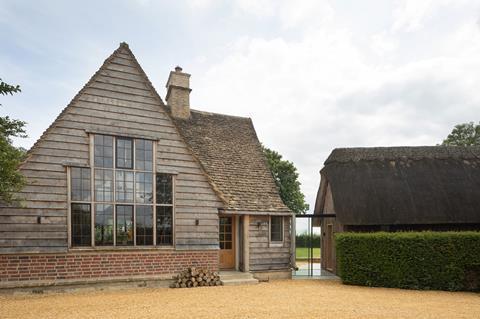
This entry features a creative conservation project and a sensitive new build, both located on a site in the Cotswolds Area of Outstanding Natural Beauty near Cirencester.
Studio Cottage unites a 1930s Grade II listed building with a neighbouring studio, with the addition of a glass link, to form a contemporary family home. Nearby, Garage Barn redevelops a dilapidated barn, drawing on the local vernacular to create guest bedrooms and workspace.
dMFK Architects
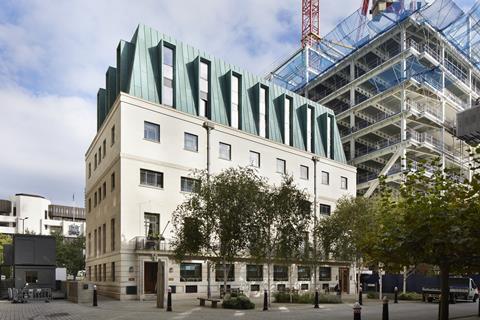
The practice says it takes ‘a sensitive yet fearless’ approach to heritage, paring buildings back to reveal their essence whilst embracing new life. Its diverse entry comprises regenerations of four London buildings from the twentieth century – the Grade II* listed former wallpaper factory Voysey House in Chiswick, and Brewers’ Hall in the City of London, plus ongoing revivals of the former Hampstead Police Station and Richard Seifert’s landmark Tower 42, once the tallest building in the UK.
Donald Insall Associates
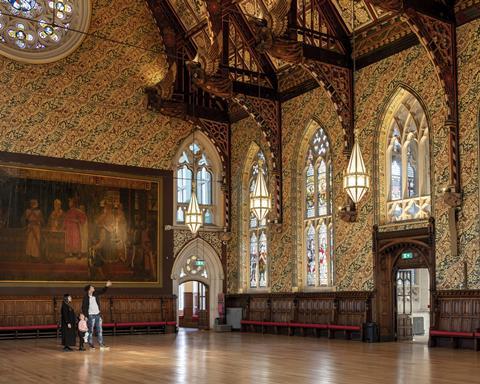
The practice describes its projects as enabling rather than just conserving. Camellia House is the transformation of a derelict home for camellias into a public tearoom and accessible multi-purpose venue on the Wentworth Woodhouse estate near Rotherham.
In Rochdale, it has regenerated the Grade I listed Rochdale Town Hall for contemporary civic use. The entry also includes two projects in progress: John Rylands Research Institute and Library in Manchester, and restoration of Mosul Cultural Museum in Iraq following its damage by ISIS.
Mallett
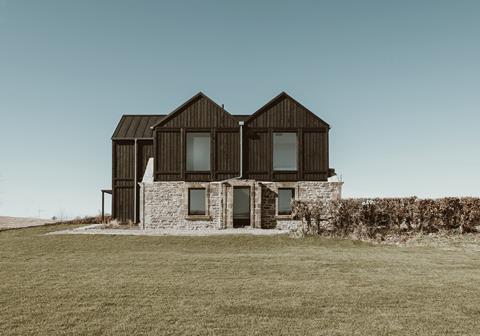
Two domestic projects in the Aberdeenshire countryside comprise the entry from Mallett. Black and Stone regenerates the ruins of a ploughman’s stone cottage with the addition of a contrasting timber structure within and around the existing shell. Rusty Oak extends a traditional Scottish stone farmhouse into a family house centred around a new sheltered courtyard. Located in London, Somerset and Scotland, the practice describes its work as ‘quiet, enduring design that transforms the everyday’.
Nex-
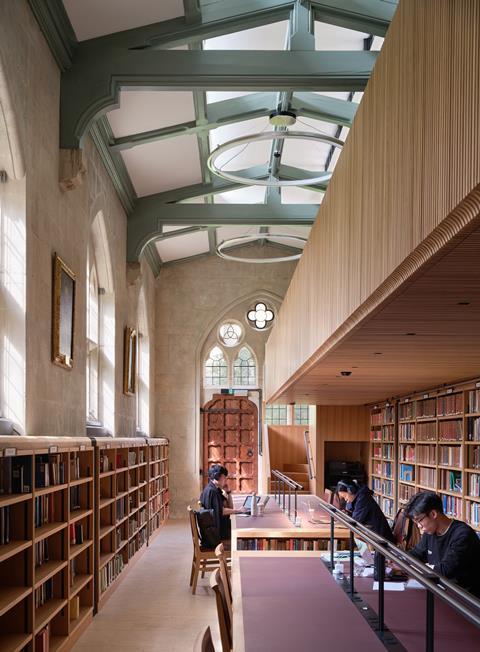
The practice aims to ‘breathe contemporary relevance into historic buildings while honouring their essential character’. In Oxford, it has revived George Gilbert Scott’s Grade II listed Exeter College Library, while in Cambridge its scheme for Homerton College includes a new entrance pavilion and library. In London, Nex- is currently upgrading the roof of the British Museum’s Round Reading Room with the introduction of a bespoke, tiered patent glazing system profiled to reflect historic precedent.
Purcell
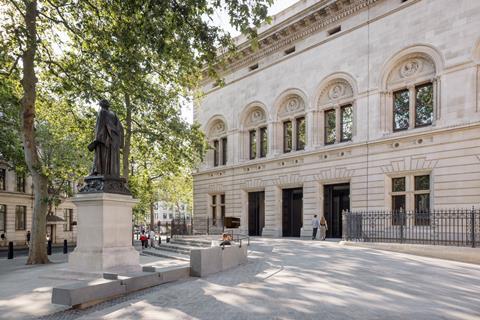
Purcell’s entry features transformations of two of London’s key cultural sites – the National Portrait Gallery (with Jamie Fobert Architects) and the Grade I listed Sainsbury Wing at the National Gallery (with Selldorf Architects). The former created 18% more public space while adding only 40m² of new build. Purcell’s submission also included the transformation of Auckland Castle in County Durham into a heritage and cultural destination (with Niall McLaughlin Architects) and the restoration of Camden Town Hall in north London.
Tom Turner Architects
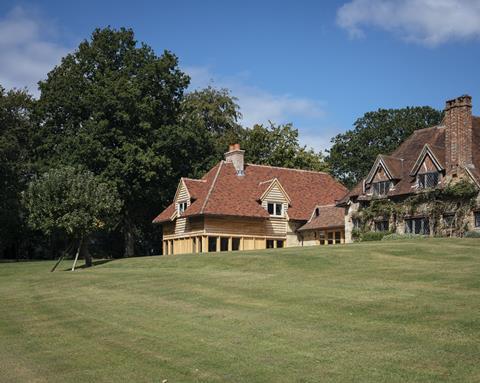
According to the practice, its designs seek to elevate the everyday and honour the past, with a deep respect for heritage and a commitment to environmental integrity. Its entry features two completed and two ongoing projects. The practice has restored and extended a Grade II listed building in Staffordshire and extended a listed farmhouse in the South Downs National Park. Works in progress include Harbour Farm, a historic farmstead rescued from demolition in Sussex.
Wright & Wright Architects
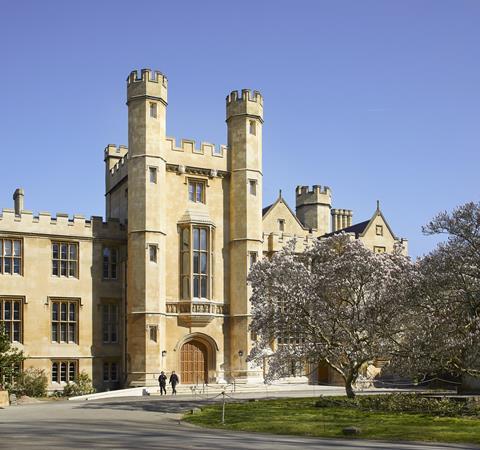
The practice sees conservation as part of a broader cultural and environmental mission, drawing on the lessons of the past with ‘the confidence to think boldly’. Its entry includes two college projects in Oxford: the revitalisation of the Quadrangle and two 16th-century libraries for St John’s College, Oxford, and the new Passivhaus standard Spencer Building at Corpus Christi College, Oxford. London projects include the masterplan for the £25 million refurbishment of the Grade I listed Lambeth Palace.
Postscript
The Architect of the Year Awards are on Wednesday, 15 October 2025 at the Marriott Grosvenor Square, Grosvenor Sq, London, W1K 6JP.
Book your place here.


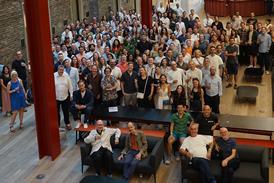
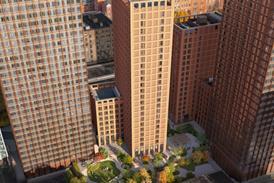
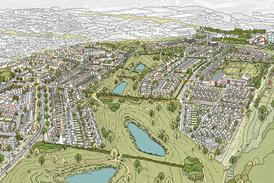
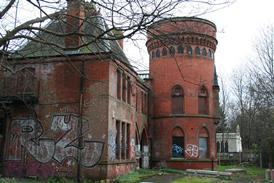










No comments yet